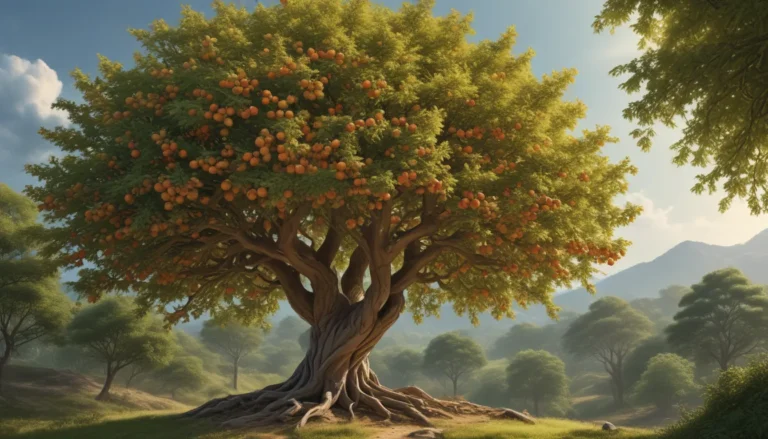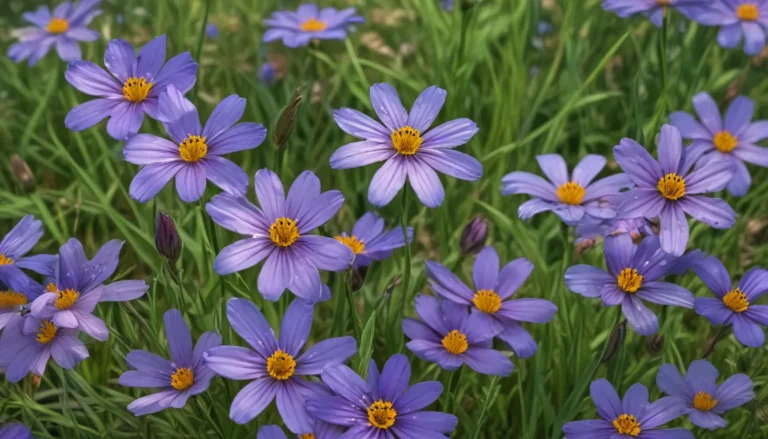The pictures we use in our articles might not show exactly what the words say. We choose these pictures to make you interested in reading more. The pictures work together with the words but don’t take their place. The words still tell you the important facts.
The Shortleaf Pine, known scientifically as Pinus echinata, is a remarkable tree species native to the southeastern United States. This resilient evergreen conifer holds a special place in the region's ecosystems due to its ecological, economic, and aesthetic significance. Join us on a journey to unravel the captivating world of the Shortleaf Pine as we explore its unique characteristics, ecological role, and human interactions.
Unveiling the Beauty of the Shortleaf Pine
- The Shortleaf Pine tree, also known as Pinus echinata, is a native conifer of the southeastern United States.
- Shortleaf pine trees are characterized by their distinctive short needles, which are typically 3 to 5 inches long.
- These trees are highly valued for their aesthetic appeal and are commonly cultivated in landscaping and reclamation projects.
The Shortleaf Pine tree, scientifically referred to as Pinus echinata, is a beloved native conifer of the southeastern United States, known for its distinctive features. One of the remarkable characteristics of the Shortleaf Pine is its unique short needles, measuring between 3 to 5 inches in length. This distinguishing trait sets it apart from other pine species and enhances its identification within its natural habitat. Beyond its ecological contributions, Shortleaf Pine trees are esteemed for their visual allure and are often grown in landscaping and reclamation efforts, adding grace and greenery to outdoor spaces.
The Ecological Role of the Shortleaf Pine
- Shortleaf pine trees play a vital role in providing habitat and food for numerous wildlife species.
- The shortleaf pine tree has a relatively fast growth rate, making it an attractive choice for reforestation and afforestation efforts.
- These trees are integral to sustainable forestry practices, supporting the long-term health of forest ecosystems.
Within its native habitat, the Shortleaf Pine tree serves as a crucial provider of habitat and sustenance for a myriad of wildlife species, contributing to the intricate web of life in the southeastern United States. With its relatively rapid growth rate, the Shortleaf Pine stands as an appealing option for reforestation and afforestation initiatives, aiding in the restoration and enhancement of forested landscapes. Moreover, as a vital component of sustainable forestry practices, the Shortleaf Pine tree plays a pivotal role in safeguarding the enduring vitality of forest ecosystems, contributing to the conservation and sustainable utilization of forest resources.
Valuable Timber and Commercial Applications
- These trees are valued for their high-quality timber, used in various construction and woodworking applications.
The Shortleaf Pine tree is highly esteemed for its exceptional timber quality, which finds extensive use in diverse construction and woodworking applications. Its strong, durable wood is prized for its versatility and is favored by artisans and builders alike for its reliability and aesthetic appeal.
Cultural Significance and Conservation Efforts
- The shortleaf pine tree is a species of cultural significance, deeply rooted in the heritage and traditions of the southeastern United States.
- Conservation efforts are underway to safeguard the long-term viability of shortleaf pine tree populations and their associated ecosystems.
Deeply embedded in the heritage and traditions of the southeastern United States, the Shortleaf Pine tree holds profound cultural significance, symbolizing resilience, strength, and natural abundance. Recognizing the importance of preserving the Shortleaf Pine tree and its associated ecosystems, dedicated conservation initiatives are actively working to ensure the enduring viability of these invaluable natural resources, aiming to protect and restore the ecological balance and biodiversity of the southeastern United States.
FAQ: Exploring Shortleaf Pine Trees
What are the optimal growing conditions for Shortleaf Pine trees?
Shortleaf Pine trees thrive in well-drained, acidic soils and prefer full sun for optimal growth. They are well-suited to a variety of soil types, including sandy and loamy soils, and are relatively drought-tolerant once established.
Are Shortleaf Pine trees susceptible to any major pests or diseases?
While generally resilient, Shortleaf Pine trees can be vulnerable to pests such as pine beetles and diseases like fusiform rust. Regular monitoring and appropriate forest management practices can help mitigate these risks and promote the health of Shortleaf Pine stands.
Embracing the Legacy of the Shortleaf Pine
In conclusion, the Shortleaf Pine tree, with its impressive resilience and ecological significance, stands as a vital component of North American forests. Its adaptability, valuable timber, and role in supporting diverse wildlife underscore its importance in both natural and commercial landscapes. Understanding the unique characteristics and ecological contributions of the Shortleaf Pine tree can foster a deeper appreciation for this remarkable species and inspire conservation efforts to ensure its continued presence in our ecosystems.
Our commitment to delivering trustworthy and engaging content is at the heart of what we do. Each fact on our site is contributed by real users like you, bringing a wealth of diverse insights and information. Trust in our commitment to quality and authenticity as you explore and learn with us.






